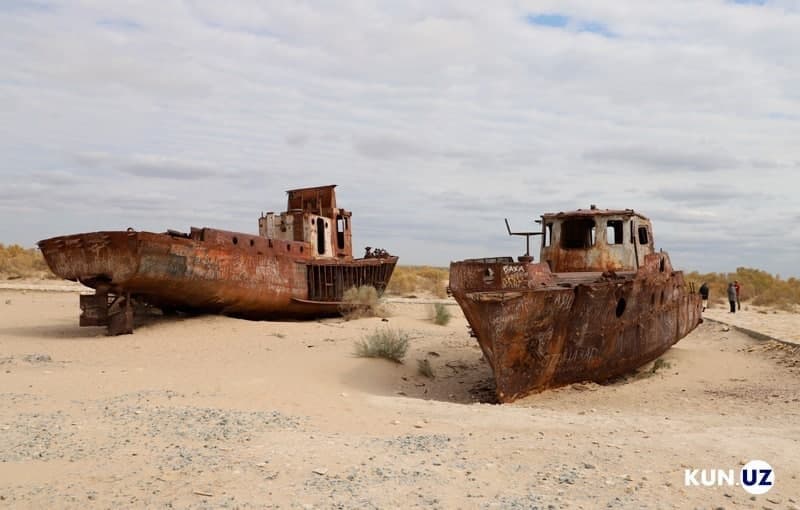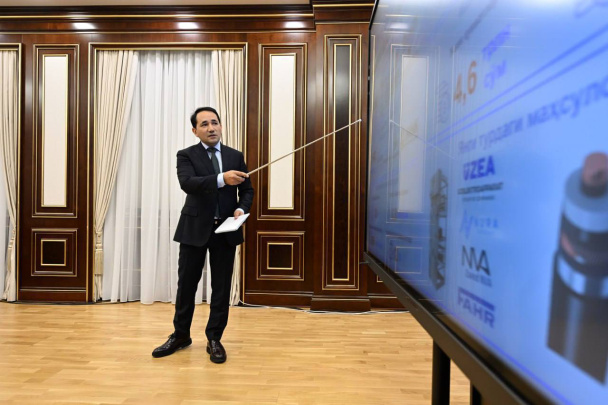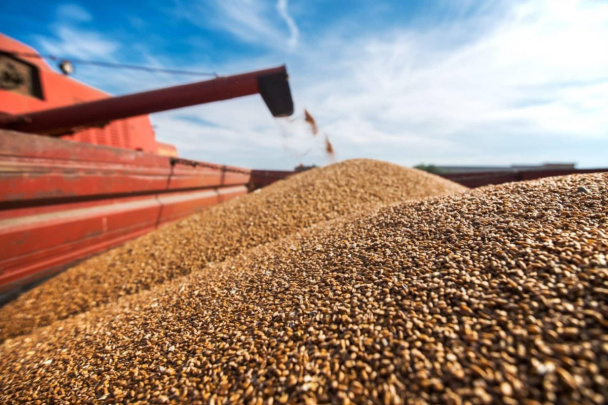It is noted that at the bottom of the former Aral Sea, a desert with an area of about 60,000 km², Aralkum, has been formed. Almost half of these lands are located on the territory of Karakalpakstan, where 1.8 million people live. Over the past few decades, Aralkum has become a source of sand and dust storms.
The resulting soil erosion and air pollution have a negative impact on the environment, human health and well-being.
Thus, annually sand and dust storms in Aralkum cause economic damage to Karakalpakstan in the amount of more than $44 million (about 2% of the region’s GDP). In the next 20 years, inaction in resolving this situation will cost the region more than $840 million, WB experts say.
Sand and dust storms cause negative impacts on human health and agriculture, estimated at an average of $11.6 million per year.
Much of Uzbekistan’s dry Aral Sea bed could be restored by planting native trees, shrubs and grasses that are resistant to drought and high salt content in the soil, the study says.
If properly planned, the process of landscape restoration at the bottom of the Aral Sea can lead to a significant reduction in air pollution at a distance of up to 100-200 km from the former coast of the Aral Sea. This will result in improved health and well-being of the local population.
Landscape restoration measures in the Aralkum could generate additional benefits of about $39 million per year (1.9% of Karakalpakstan’s GDP).






